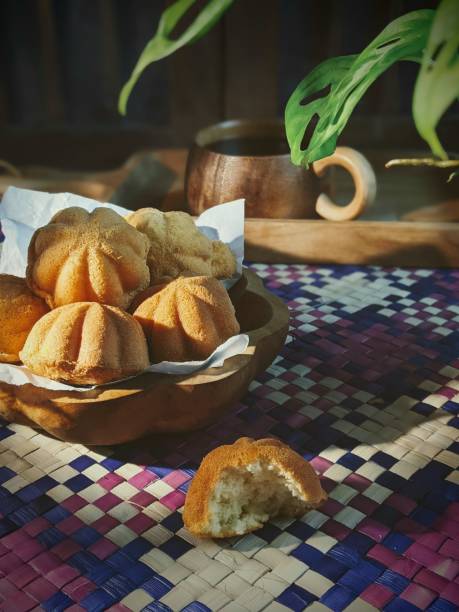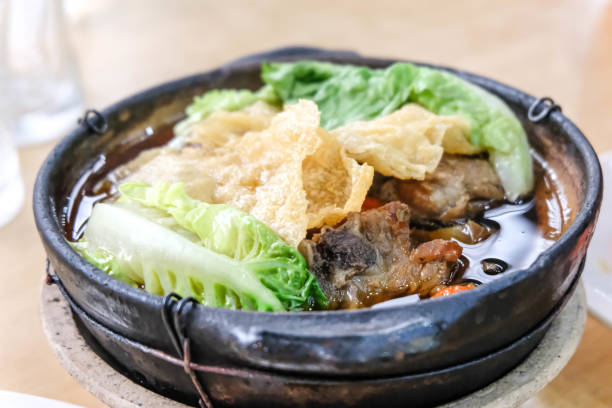Tau Sar Piah
Tau Sar Piah Dou Sha Bing, known in the Hokkien dialect as Tan Bun Pia̍h, is a type of flaky pastry with a fragrant, crispy crust. Its filling is made by mixing mung beans, sugar, a pinch of salt, and fried shallots for flavor. The pastry is then deep-fried in lard or vegetable oil. […]








